How to Treat White Gill Disease in Red Tilapia
Understanding the Cause of White Gill Disease in Red Tilapia
The disease is caused by the filamentous bacteria Myxococcus piscicolas (from the family Myxococcaceae, order Myxococcales, class Deltaproteobacteria, phylum Proteobacteria). These bacteria thrive in pH levels of 6.5–7.5, warm temperatures of 25–35°C, and in spring and autumn seasons, especially in ponds with high organic waste pollution.
Symptoms of White Gill Disease
Gill filaments become necrotic, eroded, torn, and decayed, often accompanied by heavy mud deposits.
Hemorrhaging and erosion are visible on the surface of the operculum bones, causing deformities.
Diseased fish may exhibit abnormal behavior such as swimming sluggishly near the surface, isolating themselves from the school, and reducing or ceasing to feed.
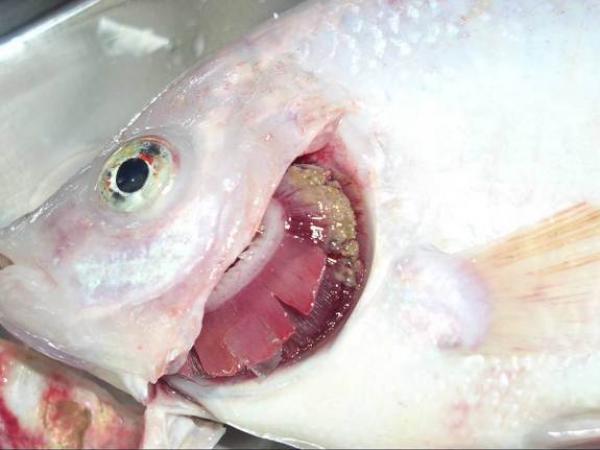
Steps to Treat White Gill Disease
Steps to Prepare and Manage the Pond for Treating White Gill Disease in Red Tilapia
Properly prepare the pond by thoroughly dredging and cleaning the pond bottom. Ideally, use lined ponds to minimize disease outbreaks.
Design an efficient siphon drainage system. During the farming process, manage the environment effectively to limit organic pollution by controlling feed quantities.
Replace pond water regularly to maintain cleanliness.
Frequently clean cage walls to ensure proper water flow rates.
Periodically treat the water with Virkon® A at a dosage of 0.7 kg per 1,000 m³ of pond water, or place it in fabric bags around the cages to eliminate harmful bacteria.
Continuously mix 5 g of Aqua C® Fish and 3 g of Grow Fish per 1 kg of feed, administering it for 7–10 days each month to enhance the fish's resistance during temperature fluctuations.
If the disease is detected early, immediately treat the fish by mixing 5–10 g of BayMet® and 5 g of Aqua C® Fish per 1 kg of feed (or 1 kg of BayMet® + 1 kg of Aqua C® Fish for 3–5 tons of fish) and feeding them for 7–10 consecutive days.
Bathe the fish in BayMet® at a concentration of 2–5 g/m³ of water.
By following these steps, farmers can effectively treat and manage white gill disease in red tilapia. Wishing you a successful and productive farming season!
Contact AQUA MINA for consultation and supply of aquaculture round tanks and aquaculture equipment for high-tech shrimp farming.
- Address: 685 National Highway 1A, Binh Hung Hoa Ward, Binh Tan District, Ho Chi Minh City
- Phone: 1800 6071 (Toll-free hotline)
- Email: sales@aquamina.com.vn or oversea@aquamina.com.vn
Aqua Mina's distributor in Japan:
REX INDUSTRIES CO., LTD
- Address: 1-9-3 Hishiya-Higashi, Higashi-Osaka 578-0948 JAPAN
- Email: kimakubo@rexind.co.jp
- Phone: +81-(0)72-961-9893
- Website: http://www.rexind.co.jp/e/
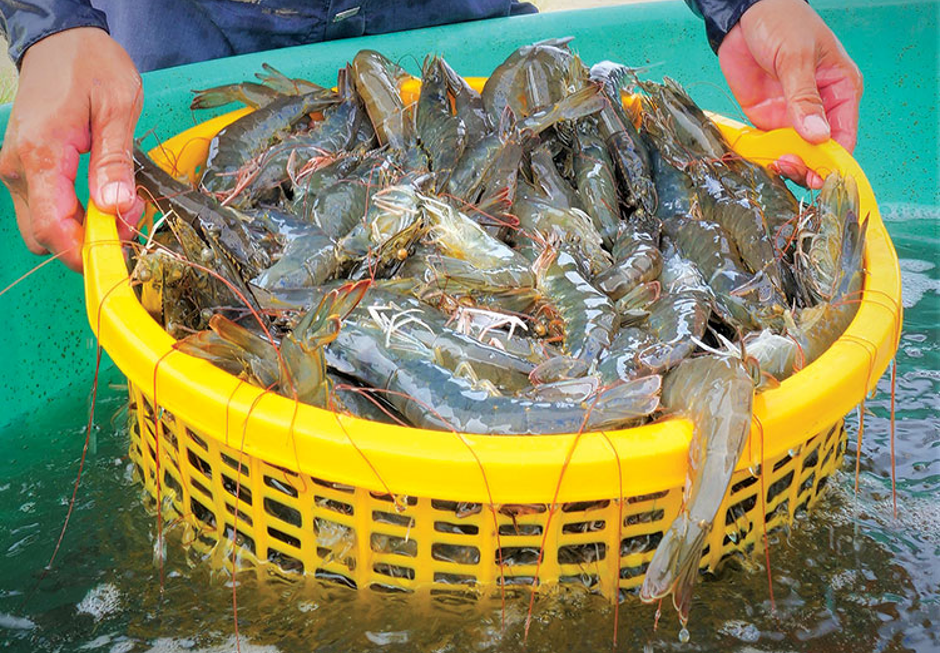
Ngày đăng : 23/11/2024
2213 View
Other Articles
Portuguese food group acquires 18% stake in cod farming company Norcod
Indonesia implements radioactive-free shrimp certification for exports to the United States
India is world’s second-largest shrimp producer. That is now under threat
Ca Mau’s shrimp industry moves towards “green” growth
Floods devastate aquaculture, processing operations in Vietnam
Ecuador Leads Global Shrimp Exports, Surpassing USD 7 Billion in 2025
India's marine product exports rise 16% as new markets offset US dip
Skretting presents the first shrimp feed with insect meal in Vietnam
Sharing: EU increases shrimp imports in the first 9 months of the year
Gideon De Oro opens high tech Cebu shrimp plant, to revive exports
White-leg shrimp facing WSSV: When density and environment fluctuate together








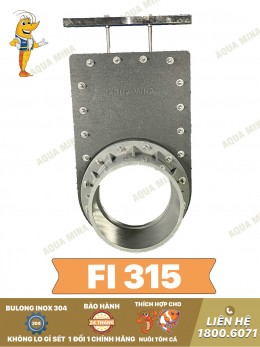
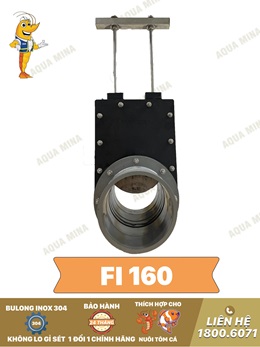
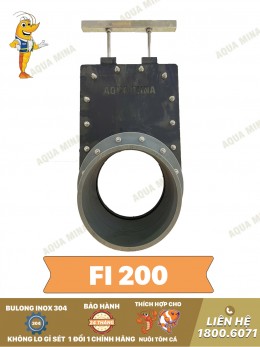
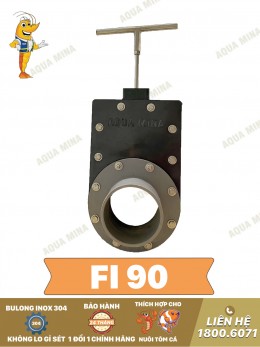
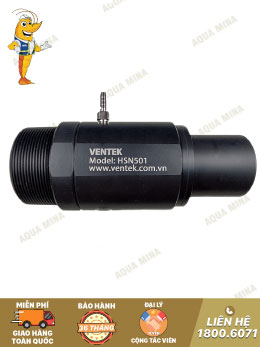
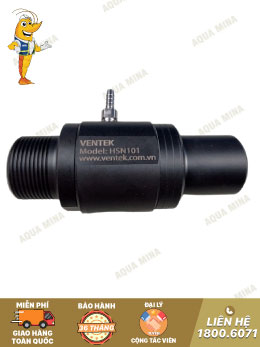





.jpg)